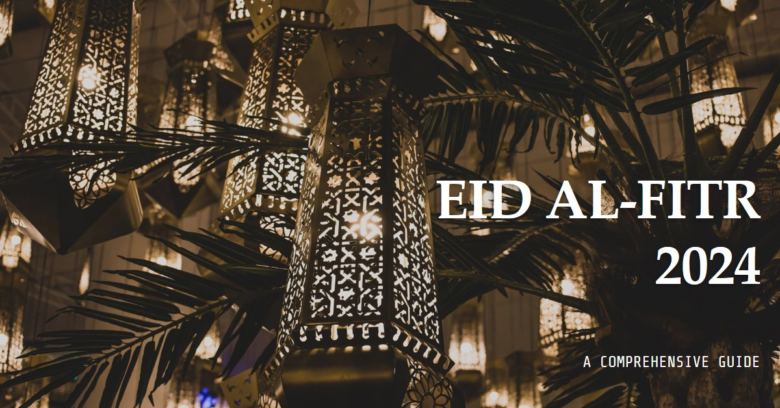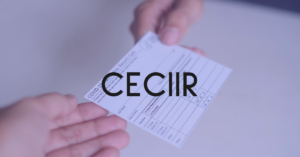Introduction
Eid al-Fitr, often referred to as the “Festival of Breaking the Fast,” marks the end of Ramadan, the holy month of fasting in Islam. It’s a time of joy, gratitude, and community, celebrated by Muslims worldwide. As we approach Eid al-Fitr 2024, let’s dive into its significance, traditions, and how people prepare for this joyous occasion.
The History and Origins of Eid al-Fitr
The Roots in Islamic Tradition
Eid al-Fitr has deep roots in Islamic tradition. It was established by the Prophet Muhammad (PBUH) after he migrated to Medina from Mecca. The festival is mentioned in the Hadiths, collections of the sayings and actions of the Prophet, highlighting its importance in Islamic culture.
The Role of Prophet Muhammad (PBUH)
The Prophet Muhammad (PBUH) introduced Eid al-Fitr to mark the end of Ramadan and as a way to celebrate the accomplishment of self-control and piety through fasting. It is a day to express gratitude to Allah for the strength to complete the fast and to seek forgiveness and blessings.
When is Eid al-Fitr 2024?
Date and Moon Sighting
Eid al-Fitr 2024 is expected to be celebrated on the evening of April 10th, subject to the sighting of the moon. The exact date may vary depending on the lunar calendar and the sighting of the new moon.
Global Variations
Different countries may observe Eid on different days due to variations in moon sighting. While most Islamic countries follow the local moon sighting, some rely on announcements from Saudi Arabia.
Preparations for Eid al-Fitr
Spiritual Preparations
Spiritual preparations include increased prayers, recitation of the Quran, and seeking forgiveness. Muslims also pay Zakat al-Fitr, a form of charity given to the needy, ensuring that everyone can join in the Eid celebrations.
Physical Preparations
Physical preparations involve cleaning and decorating homes, buying new clothes, and preparing special foods. Markets and shopping malls bustle with activity as people buy gifts and ingredients for traditional dishes.
The Night Before Eid
The Significance of the Night Before Eid
The night before Eid, known as Laylat al-Jaiza or the Night of Reward, holds great significance. Muslims believe that those who have fasted and prayed during Ramadan are granted their rewards by Allah on this night.
Traditions and Practices
Muslims engage in additional prayers, recite Takbir (praises to Allah), and ensure they have paid Zakat al-Fitr. Families come together to prepare for the next day’s festivities.
The Day of Eid al-Fitr
Early Morning Rituals
On Eid morning, Muslims wake up early, perform Ghusl (ritual purification), and wear their best clothes, often new or specially prepared for the occasion. They then have a small breakfast, often consisting of dates, to signify the end of fasting.
The Eid Prayer
The community gathers for a special Eid prayer at mosques or open grounds. The prayer consists of a sermon followed by a congregational prayer. It’s a time of unity and reflection, bringing together Muslims from all walks of life.
Eid al-Fitr Traditions Around the World
Middle Eastern Traditions
In the Middle East, Eid is celebrated with grand feasts, family gatherings, and the giving of Eidi (gifts or money) to children. Traditional dishes like Maamoul (stuffed cookies) and savory lamb dishes are popular.
South Asian Customs
South Asian countries like Pakistan, India, and Bangladesh celebrate Eid with vibrant cultural practices. People decorate their hands with henna, enjoy sweets like Seviyan (vermicelli pudding), and visit friends and family.
Southeast Asian Celebrations
In Southeast Asia, Eid is known as Hari Raya Aidilfitri. Celebrations include visiting the graves of loved ones, wearing traditional attire like the Baju Melayu or Kebaya, and enjoying dishes like Rendang and Ketupat.
Western Adaptations
Muslims in Western countries blend traditional practices with local customs. They often hold community events, share meals with neighbors, and engage in charity work.
Traditional Eid Foods
Popular Dishes in Different Regions
Eid al-Fitr is synonymous with a variety of delectable foods. In the Middle East, lamb and rice dishes are staples. South Asia enjoys Biryani, while in Southeast Asia, dishes like Lontong (rice cakes) and Satay (grilled meat skewers) are popular.
Sweets and Desserts
Sweets play a central role in Eid celebrations. Baklava, Sheer Khurma (a milk-based dessert), and Baklava are just a few examples. These treats symbolize the sweetness of Eid and the joy it brings.
Eid al-Fitr and Family
The Importance of Family Gatherings
Eid al-Fitr is a time for families to come together. It strengthens familial bonds as members gather for meals, share stories, and create lasting memories. It’s common to visit extended family and friends, fostering a sense of community.
Gift-Giving Traditions
Gift-giving is an integral part of Eid. Children receive Eidi, while adults exchange gifts and sweets. This practice symbolizes sharing and caring, reinforcing social ties.
Charity and Giving on Eid al-Fitr
The Concept of Zakat al-Fitr
Zakat al-Fitr is a mandatory act of charity given before the Eid prayer. It purifies those who fast from any indecent act or speech and helps the less fortunate participate in the celebrations.
Other Charitable Acts
Beyond Zakat al-Fitr, Muslims engage in various acts of charity, such as feeding the hungry and supporting community projects. This embodies the spirit of generosity and compassion central to Eid.
Eid Fashion and Clothing
Traditional Attire
Eid is an occasion to showcase traditional attire. Men often wear outfits like the Thobe or Kurta, while women don dresses like Abayas, Shalwar Kameez, or Sarees, often adorned with intricate embroidery and embellishments.
Modern Trends
Modern Eid fashion blends tradition with contemporary styles. Designers create collections that reflect cultural heritage while incorporating modern trends, offering a variety of stylish options for celebrants.
Eid Greetings and Messages
Common Greetings
Common Eid greetings include “Eid Mubarak” (Blessed Eid) and “Eid Sa’id” (Happy Eid). These phrases convey wishes of joy and blessings to friends and family.
How to Wish Someone a Happy Eid
When wishing someone a happy Eid, it’s customary to express warm, heartfelt sentiments. A simple “Eid Mubarak to you and your family” can go a long way in spreading happiness.
Eid al-Fitr in the Digital Age
Virtual Celebrations
The digital age has transformed Eid celebrations. Virtual gatherings, online prayers, and digital gift-giving have become popular, especially among those unable to join their families in person.
Social Media Influence
Social media platforms are abuzz with Eid-related posts, from sharing festive moments to sending greetings. This digital.
Also visit:



